Castings have a wide range of uses. As a foundry of silica sol technology, Besser Casting is good at producing castings with complex structures, high appearance finishes and high geometric tolerances. Some customers attach great importance to the mechanical properties of castings, so castings cannot have internal defects such as porosity, shrinkage and cracks. There are generally four commonly used inspection methods used by us.
Magnetic particle inspection is suitable for detecting surface defects and defects several millimeters deep below the surface. It requires DC (or AC) magnetization equipment and magnetic powder (or magnetic suspension) to perform detection operations. Magnetizing equipment is used to generate a magnetic field on the inner and outer surfaces of the casting, and magnetic powder or magnetic suspension is used to display defects. When a magnetic field is generated within a certain range of the casting, the defects in the magnetized area will produce a magnetic field leakage. When the magnetic powder or suspension is sprinkled, the magnetic powder is attracted, so that defects can be displayed. The defects displayed in this way are basically defects that cross the lines of magnetic force, but long strip detects which are parallel to the lines of magnetic force cannot be displayed. For this reason, the magnetization direction needs to be constantly changed during operation to ensure that defects in every unknown direction can be detected.
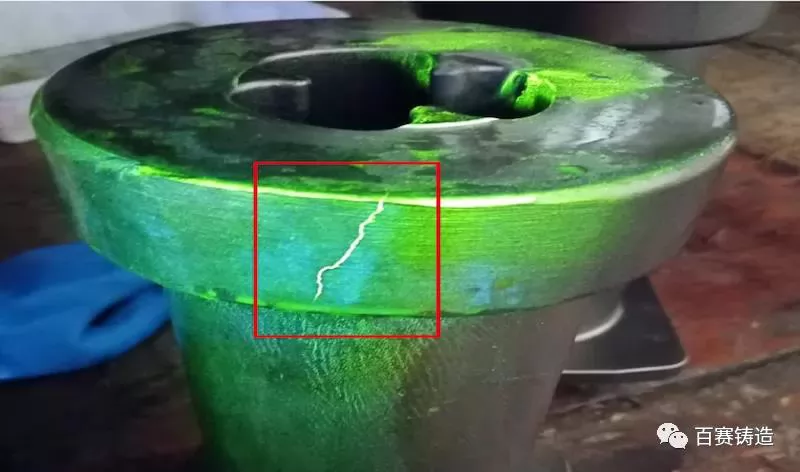
Liquid penetration detection is used to check various opening defects on the surface of castings, such as surface cracks, surface pinholes and other defects that are difficult to be detected with naked eyes. One commonly used penetration detection method is color detection, which is to wet or spray a colored (usually red) liquid (penetrant) with high penetrating ability on the surface of the casting. After the penetrant penetrates into the opening defects, our inspectors will quickly wipe off the surface penetrant. Then they will spray the easy-drying display agent (also called developer) on the surface of the casting. After the penetrant remaining in the opening defect is sucked out, the display agent is dyed, which can reflect the shape, size and distribution of the defects. It should be pointed out that the accuracy of penetration detection decreases with the increase of the surface roughness of the tested material, that is, the smoother the surface, the better the detection effect. The surface detection accuracy of castings which have been grinded by the grinding machine is the highest, and even intergranular cracks can be detected. In addition to color detection, fluorescent penetration detection is also a commonly used liquid penetration detection method. It needs ultraviolet light for irradiation observation, and the detection sensitivity is higher than that of color detection.
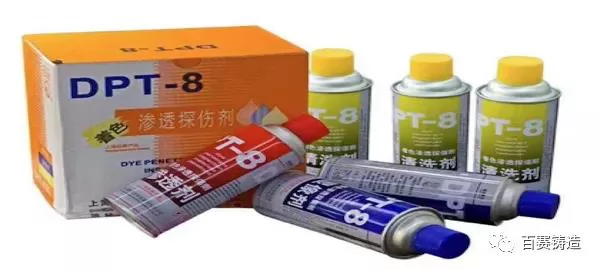
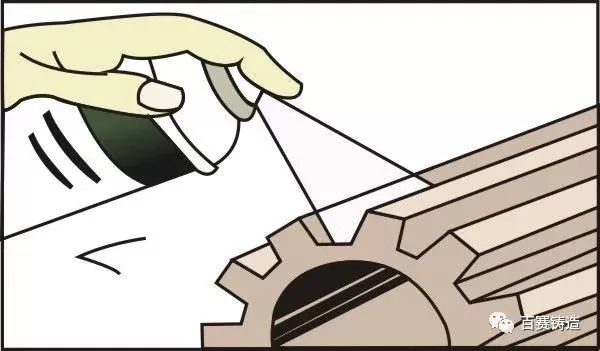
Ultrasonic detection can be used to detect internal defects. It uses sound beams with high-frequency sound energy to propagate inside the casting, and when they encounter internal surfaces or defects, they reflect to display defects. The magnitude of the reflected sound energy is a function of the directivity and properties of the inner surface or defect and the acoustic impedance of this reflector. Therefore, various defects or the sound energy reflected by the inner surface can be used to detect the location, wall thickness or depth of the defects under the surface. Ultrasonic detection is a widely used non-destructive testing method. Its main advantages are:
· High detection sensitivity, which enables detect small cracks;
· It has large penetrating ability and can detect thick section castings.
Its main limitations lie in:
· It is difficult to explain the reflection waveform of the disconnected defect with complex outline size and poor directivity;
· For undesirable internal structure, such as grain size, structure, porosity, inclusion content or fine dispersion precipitates, etc., also hinder the interpretation of the waveform;
· In addition, reference standard test blocks are required when testing.
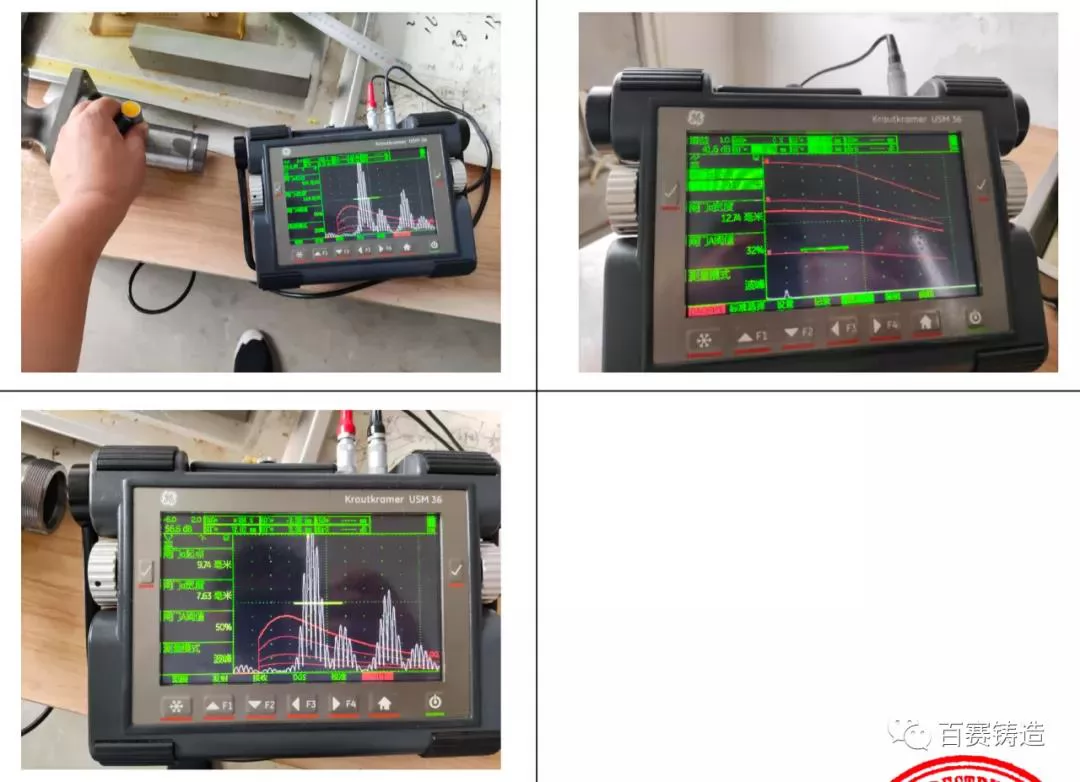
Besser Casting adopts European standard (EN 12680-1) for ultrasonic flaw detection of castings. At present, many customers have testing requirements for silica sol castings.
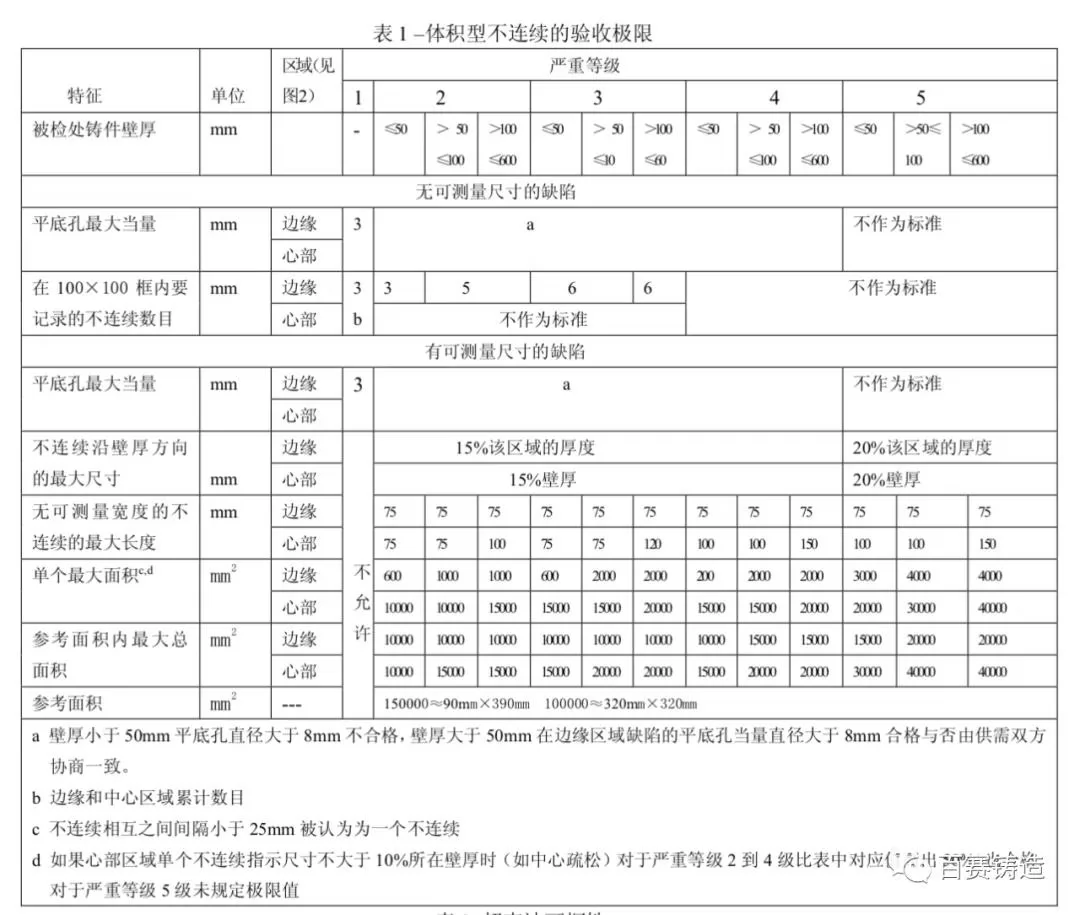
The following picture is an interception of the ultrasonic test report of our products.
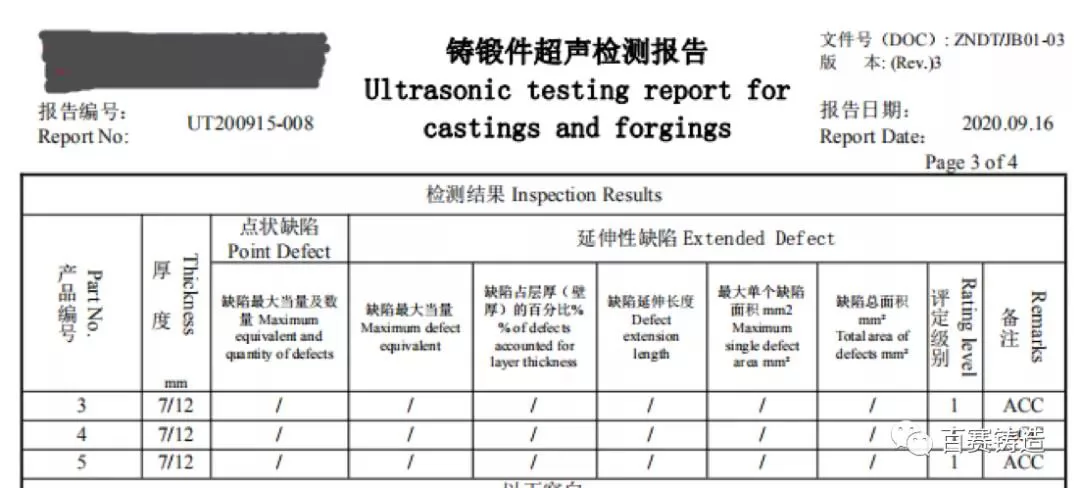
Radiographic inspection generally uses X-rays or γ-rays as the ray source. Therefore, equipment for generating rays and other ancillary facilities are required. When the workpiece is exposed to the ray field, the radiation intensity of the rays will be affected by the internal defects of the casting. The intensity of the radiation emitted through the casting varies locally with the size and nature of the defect, forming a radiographic image of the defect, which is developed and recorded by radiographic film, or real-time detection and observation through a fluorescent screen, or detection by a radiation counter. Among them, the method of developing and recording by radiographic film is the most commonly used method, which is commonly referred to as radiographic inspection. The defect image reflected by radiography is intuitive, and the defect shape, size, number, plane position and distribution range are all It can be shown, but the depth of the defect generally cannot be reflected, and special measures and calculations are needed to determine it. Nowadays, the application of radiographic computer tomography methods appears. Because the equipment is relatively expensive and the use cost is high, it is not popular at present, but this new technology represents the future development direction of high-definition radiographic detection technology. In addition, the use of a micro-focus X-ray system that is similar to a point source can actually eliminate the fuzzy edges produced by a larger focus device and make the image outline clear. Using a digital image system can improve the signal-to-noise ratio of the image and further improve the image clarity.
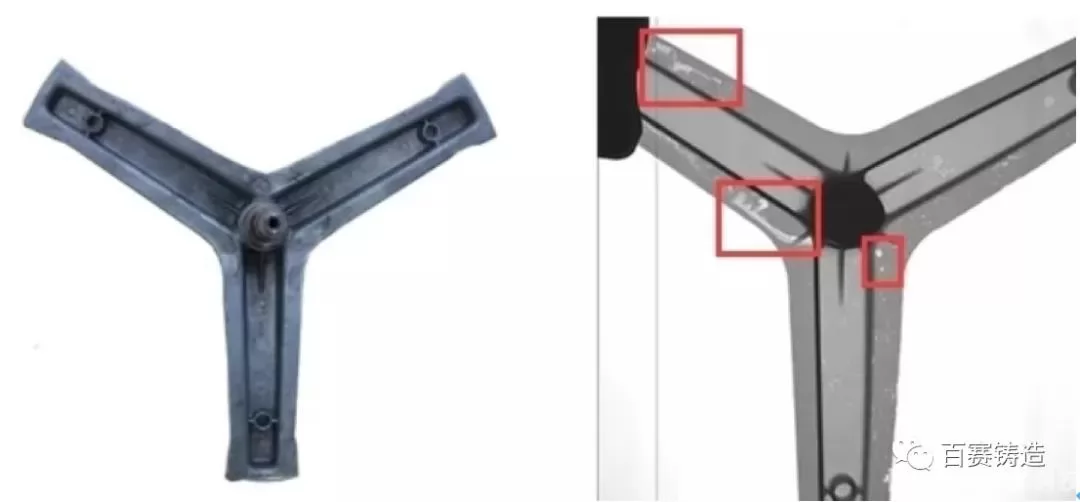
According to the current trend, more customers will choose radiographic inspection in the future. Compared with other inspection methods, the conclusions drawn by radiographic inspection are more accurate and intuitive. The radiographic inspection of our silica sol castings implements ASTME446-2015 standard, which can reach level 3 and above.
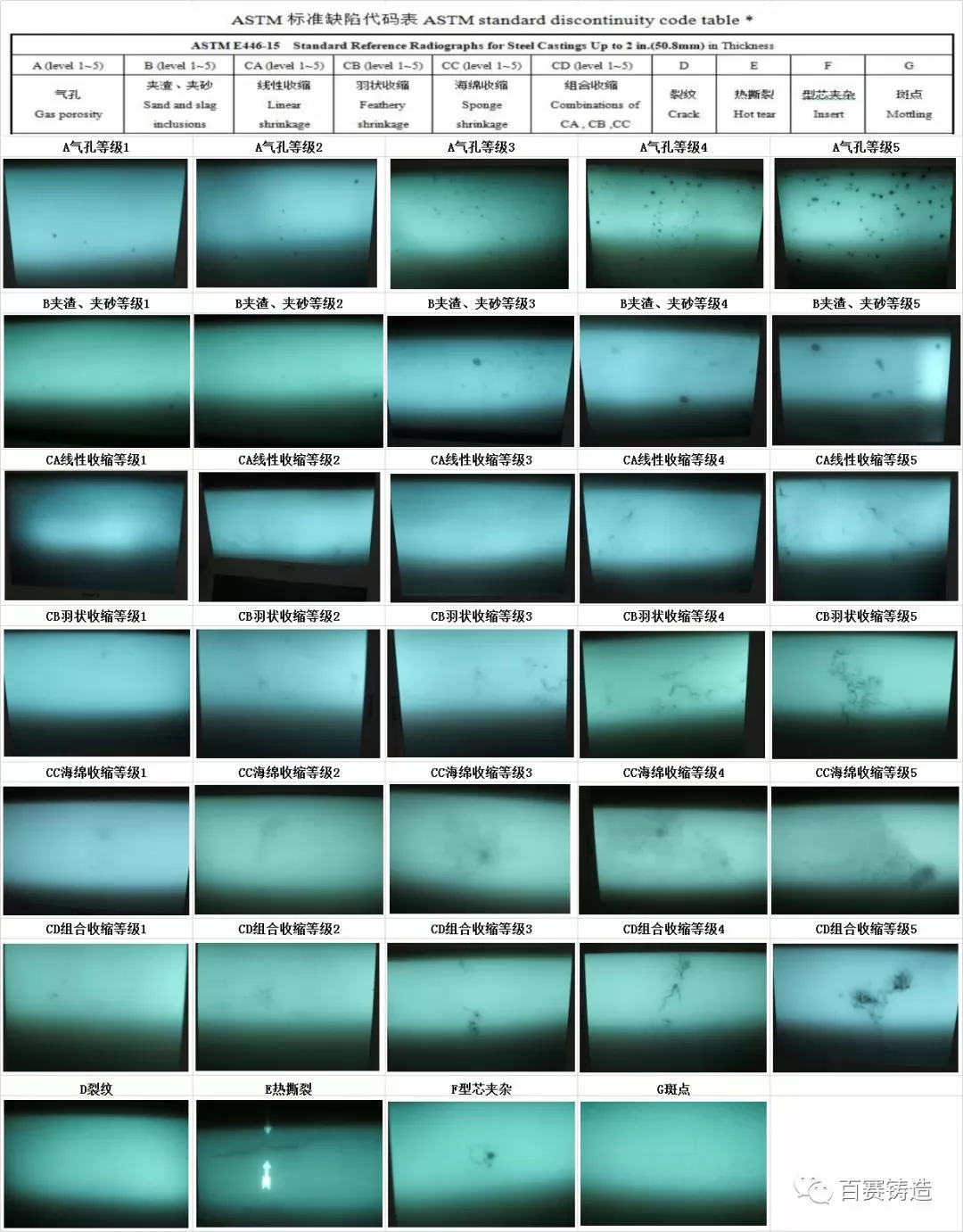
The following picture is an interception of the radiographic inspection report of our silica sol casting.
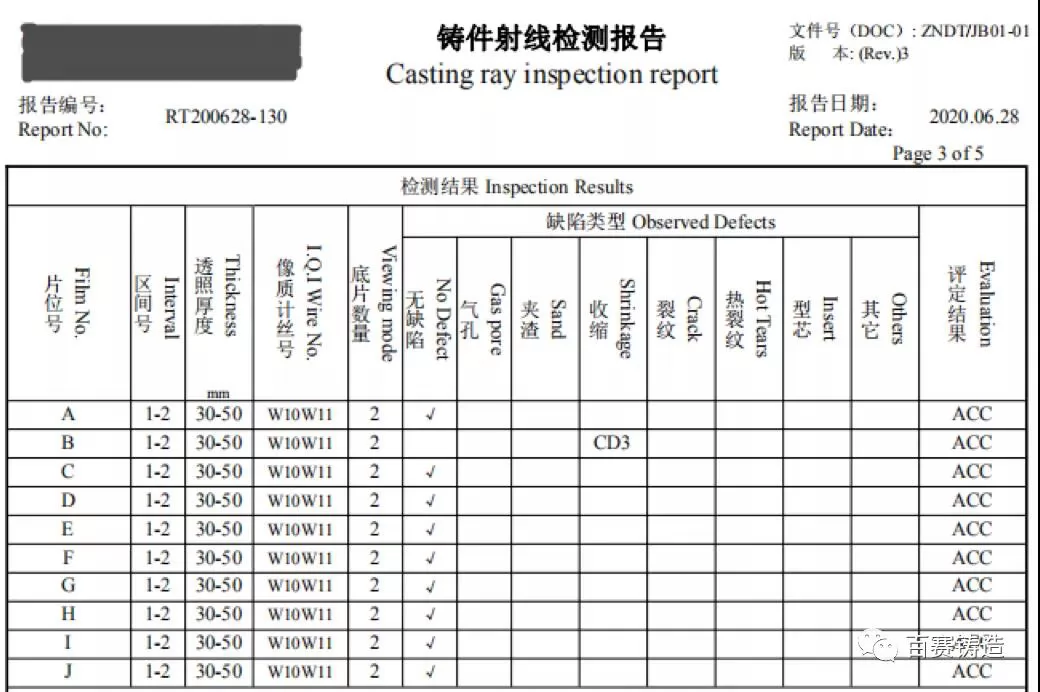
Working at Besser Casting which has more than 20 years of casting history, we are familiar with various inspection standards and inspection methods of different castings, and can meet various needs of customers. If you want to know more about castings, feel free to contact us.



